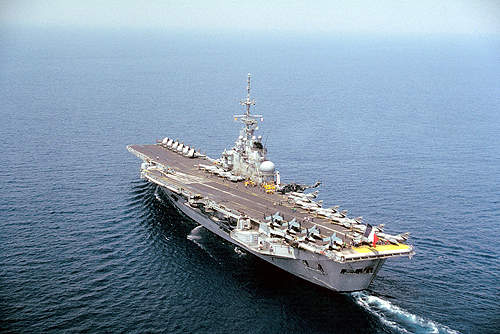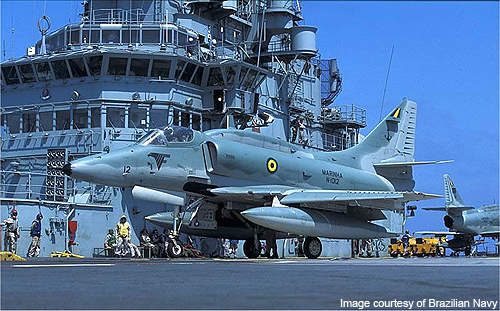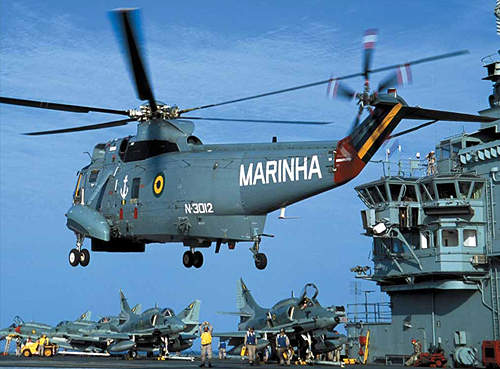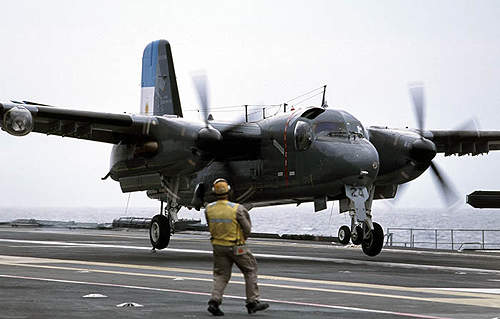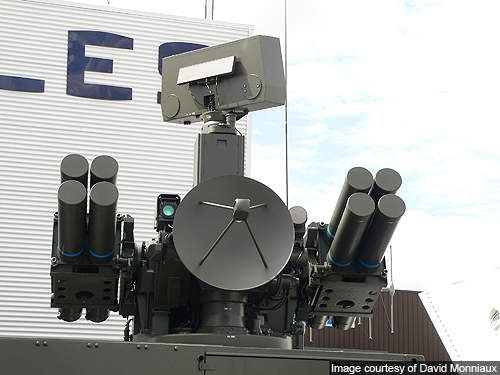The São Paulo (A12) is a Clemenceau Class aircraft carrier in service with the Brazilian Navy. Previously operated as Foch (R 99) by the French Navy, the aircraft carrier was acquired by Brazil in September 2000. It was built by the Chantier de l’Atlantique in St Nazaire, France.
The Clemenceau Class consists of two aircraft carriers that served the French Navy from 1961 to 2000. The lead ship in the class, Clemenceau, was decommissioned in 1997. The keel for the second ship, Foch (later São Paulo), was laid in February 1957 and the ship was launched in July 1960. The ship was commissioned by the French Navy in July 1963. It was recommissioned by the Brazilian Navy in November 2000.
The São Paulo has a length of 266m, beam of 51.2m and draught of 8.6m. Full load displacement of the ship is 33,673t. The ship can sail at a maximum speed of 30kt, and accommodate 1,920 personnel including ship company, airgroup and troops.
São Paulo upgrade programme
The São Paulo underwent major modernisation during 2005-2009 at Arsenal de Marinha do Rio de Janeiro (AMRJ). The programme involved repair of the steam turbines, high-pressure compressors and oil tanks. Maintenance work was carried out on the propulsion system, surface condensers, pumps, valves and structural items.
The programme also added two API oil-water separators, two water cooling units, a closed-circuit television system, IFF transponder, new satellite communications package, three new twin-Mistral surface-to-air missile launchers and new electronic warfare system.
Other works included replacement of the naval tactical data system, flight deck inspection, repair and painting, revision of the aircraft catapults and upgrade of the optical landing system processing unit. The carrier returned to sea in December 2009 following the completion of upgrade work in July 2009.
Clemenceau Class aviation facilities
The São Paulo features a 266m flight deck area with a track at an angle of 8°. The hangar measures 180m in length and 22m-24m in width, and occupies a total area of 3,300m². It is equipped with two elevators with the capacity to lift a 15t aircraft in nine seconds.
The flight is fitted with two steam catapults, one located forward on the deck and the other at an angle. The catapults can launch aircraft weighing between 15t and 20t to 110 nodes. The aircraft carrier has space to store 3,000m³ of jet fuel and 1,300t of ammunition.
The ship can also carry up to 37 fixed-wing aircraft and two helicopters, including A-4KU Skyhawks, AS 532 SC Cougars, SH-3A / B Sea King helicopters and Eurocopter AS350 Ecureuils transport helicopters. It can also operate Argentine Navy Super Etendards and S-2T Turbo Trackers.
Weapon systems
The ship is armed with four 100mm modèle 64 turrets and two SACP Crotale EDIR (infrared differential ecartometry) systems. The Crotale EDIR short-range anti-air missile can be used against low-flight anti-ship missiles and aircraft.
The Crotale system integrates the main sensors, the firing system of the turret and a central coordination system. The turret can hold eight ready-to-launch missiles in watertight containers. 18 further missiles are stored in a magazine behind the turret. Four dual Simbad launchers and five 12.7mm machine guns are also fitted on the vessel.
Radars and sensors
The Clemenceau Class is equipped with DRBV-23B air sentry radar, DRBV-15 low-altitude or surface sentry radar, NRBA-50 approach radar, DRBI-10 tri-dimensional air sentry radar, DRBC-32C fire radar and DRBN-34 navigation radars.
Propulsion
The aircraft carrier is powered by four Parsons steam turbines producing 126,000shp. These turbines are attached to two propellers through two shafts. Six Indret boilers provide steam for the main propulsion turbines. On-board power is generated by two turbo alternators and six 2,000kW diesel generators. The propulsion system provides a maximum speed of 30kt and a range of 7,500nm at 18kt speed.

